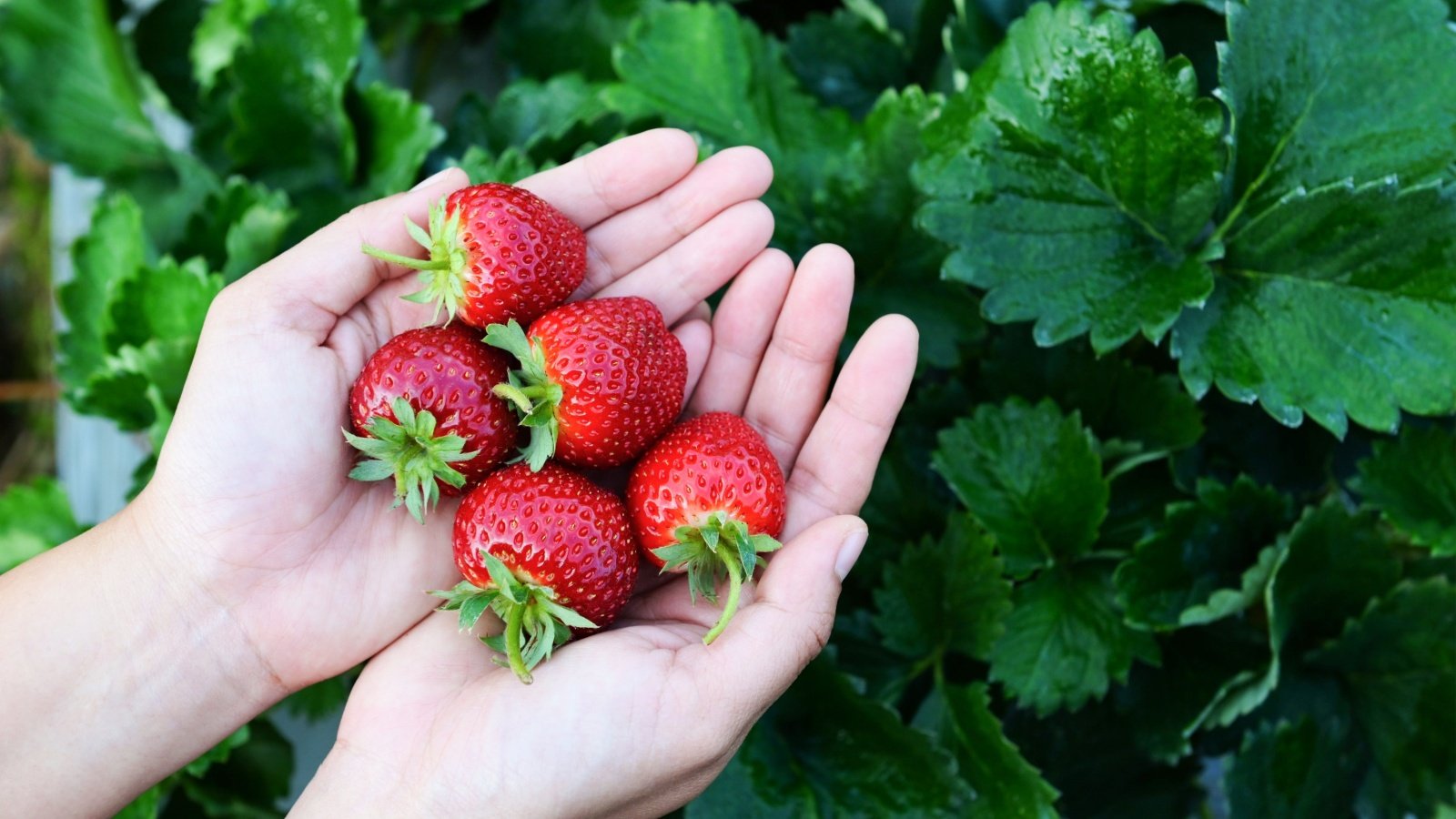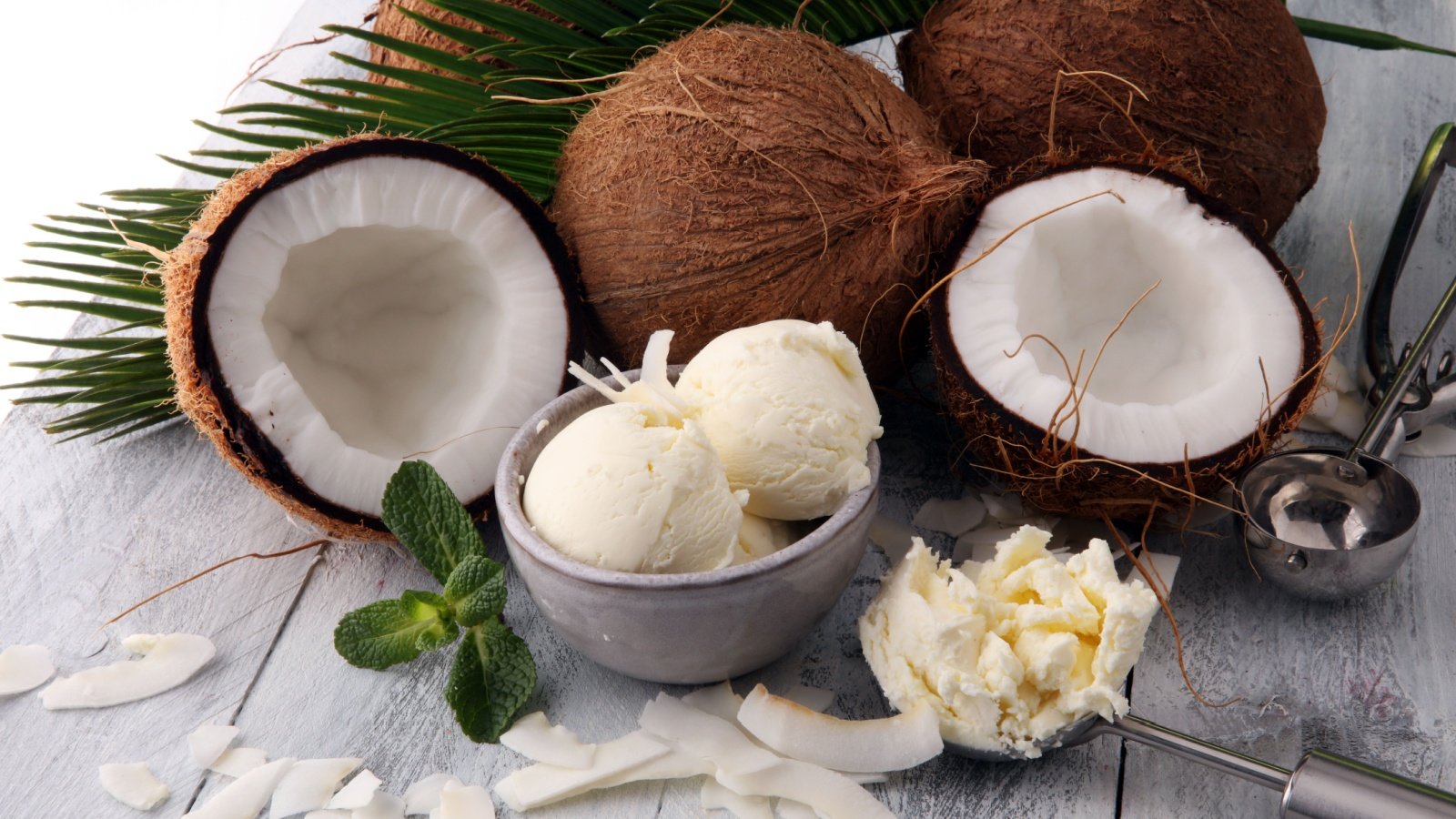Gelato, Italy’s refined answer to ice cream, boasts an array of intricate flavors. Do you prefer dark chocolate or pistachio? Raspberry, hazelnut, or tiramisu? Is your mouth watering yet?
Each scoop offers a creamy texture and intense flavors, derived from fresh, high-quality local ingredients. While travelers flock to Italy for its art and history, many return home dreaming of gelato’s velvety, melt-in-your-mouth goodness.
Let’s explore lesser-known facts about gelato, revealing the craftsmanship and regional variations that elevate this beloved dessert.
Gelato Origins

Gelato dates back to the 16th century, originated in Florence, Italy, under the influence of the Medici family. Unlike regular ice cream, its low-fat content and higher density set it apart, offering a richer texture. This dessert was once a treat for Italian royalty before it became popular worldwide.
Flavor Complexity

The flavors of gelato are often inspired by local ingredients, making each region’s offerings unique. Sicilian pistachios or Amalfi Coast lemons can transform a simple gelato into a gourmet experience. Artisan gelaterias pride themselves on these sophisticated, locally sourced flavors.
Artisanal Techniques

Traditional gelato is churned at a slower speed than typical ice cream, incorporating less air and resulting in a denser product. This technique has been refined over centuries, perfected by gelato masters. Each batch is typically made fresh daily in small quantities to ensure the highest quality.
Regional Varieties

In Italy, gelato varies significantly from region to region. For instance, the gelato in Sicily might include local nuts and fruits, while in the north, flavors might be influenced by alpine herbs. This diversity means gelato in Florence will taste distinctly different from gelato in Rome.
Serving Style

Gelato is traditionally served at a slightly warmer temperature than ice cream, enhancing its creamy texture and flavor intensity. It is scooped with a spade rather than a standard ice cream scoop, allowing for a softer, smoother serving. This method also prevents the gelato from becoming too hard and icy.
Cultural Significance

For Italians, gelato is not just a dessert; it’s a way to socialize and enjoy life’s simple pleasures. Often consumed as a late afternoon treat, it’s enjoyed year-round, regardless of the weather. This cultural staple reflects the Italian emphasis on quality ingredients and time-honored preparation methods.
Fruit Gelatos

Unlike many ice creams, fruit gelatos use real fruit rather than flavorings or syrups. The result is a more intense and natural taste that captures the essence of the fresh fruit. Seasonal variations are popular, offering flavors like strawberry in spring or peach in summer.
Chocolate Variations

Italian chocolate gelato often utilizes fine cocoa from specific regions like West Africa or South America. The type of cocoa used can dramatically affect the flavor, ranging from bitter to sweet. Some chocolatiers even blend multiple cocoas to create complex flavor profiles.
Nut-based Flavors

Hazelnut and pistachio are staple flavors in Italy, with nuts often sourced locally to ensure freshness and quality. Gelato containing nuts is rich, with a deep, roasted undertone that enhances the creamy texture.
Herbal Notes

Innovative gelato makers are experimenting with new flavors like lavender, rose, and basil. These ingredients are usually infused into the gelato base to impart subtle aromas and tastes.
Seasonal Specialties

Gelato makers often create special flavors based on the season, using what’s locally available. Pumpkin gelato in autumn, or chestnut in winter, showcases seasonal tastes. This practice not only supports local farmers but also provides a constantly evolving menu to entice regular customers.
Ice Cream

Though often compared, gelato and ice cream have distinct differences in fat content, air incorporation, and serving temperature. Gelato typically has a lower fat content, achieved by using more milk than cream. This distinction contributes to gelato’s silkier texture and more intense flavor profile.
Sugar Types

Gelato makers often use different types of sugar, each altering the texture and flavor of the final product. Options include cane sugar, beet sugar, and honey, each contributing its own subtle flavor notes. The choice of sugar can affect how quickly the gelato melts and its overall sweetness.
Dietary Innovations

Responding to dietary trends, many gelaterias now offer vegan and dairy-free options. These alternatives might use nut milks, such as almond or coconut, to mimic the creamy texture traditional gelato is known for.
Eggs

In some traditional recipes, egg yolks are a crucial ingredient, adding richness and color to the gelato. However, the use of eggs can vary; many fruit-flavored gelatos are egg-free, keeping the dessert lighter and fruitier.
Craftsmanship

Gelato making is considered an art form, where craftsmanship and detail are paramount. Master gelatieri train for years to perfect their techniques, from the balance of ingredients to the specific churning process. Their skill is evident in every creamy spoonful, distinguishing their product from mass-produced versions.
Temperature

The optimal serving temperature for gelato is between -11 to -14 degrees Celsius, which allows for maximum flavor release. Temperatures outside this range can mute flavors or alter the texture. Precision in temperature control is a hallmark of the finest gelaterias.
Coffee

Coffee-flavored gelato, or caffè gelato, is particularly popular in Italy. High-quality espresso is often used, providing a robust flavor that complements the creaminess of the gelato. This flavor is a favorite in the afternoon, combining two of Italy’s culinary loves.
Liqueur Infusions

Some gelatos incorporate liqueurs like Amaretto, Limoncello, or Sambuca, adding a layer of complexity and richness. These versions are particularly popular among adults, offering a sophisticated twist on traditional flavors. Liqueur-infused gelatos provide a dessert and digestif in one delicious scoop.
Sorbetto’s Role

While gelato is creamy, sorbetto offers a dairy-free alternative that focuses on fruit and water. It’s a popular choice for those looking for a lighter, refreshing treat. Sorbetto maintains the same high standards of flavor intensity and quality ingredients as its dairy counterpart.
Freshness

The freshness of ingredients in gelato cannot be overstated. Fresh milk, seasonal fruits, and quality nuts are essential for creating the authentic taste that gelato aficionados cherish. This commitment to freshness differentiates artisan gelato from commercial ice cream.
Economic Impact

Gelato is a significant part of the local economy in many Italian towns. It supports small farms and businesses, contributing to the sustainability of local communities. The gelato industry helps keep traditional farming and artisanal food production techniques alive.
Preserving Tradition

Many gelato recipes are family secrets, passed down through generations and closely guarded by those who create them. This preservation of tradition is central to the identity of gelato, ensuring that each batch reflects centuries of Italian culinary history.








